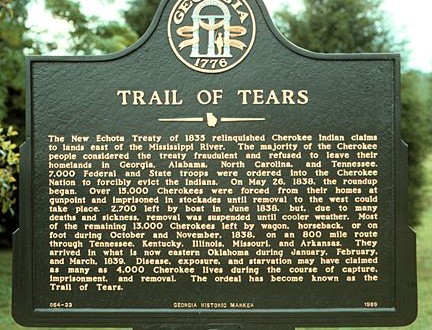Ricochet is the best place on the internet to discuss the issues of the day, either through commenting on posts or writing your own for our active and dynamic community in a fully moderated environment. In addition, the Ricochet Audio Network offers over 50 original podcasts with new episodes released every day.
 How Do You Teach the Warts of American History?
How Do You Teach the Warts of American History?
 The United States has its fair share of skeletons in the closet. Racist, imperialist, sexist skeletons. While conservatives may be annoyed at how much liberals like to harp on (and occasionally exaggerate) those particular stories, they are still historical facts — and conservatives aren’t scared of facts.
The United States has its fair share of skeletons in the closet. Racist, imperialist, sexist skeletons. While conservatives may be annoyed at how much liberals like to harp on (and occasionally exaggerate) those particular stories, they are still historical facts — and conservatives aren’t scared of facts.
Here’s my question: what is the right way to teach the “unsavory” parts of American history? There has to be a way to avoid the two extremes of stupidity: on one hand, the “God’s Chosen Nation” model, in which George Washington is practically canonized and no one who carries the stars and stripes can ever do wrong. And, on the other hand, the cesspool of self-loathing that liberals seem to prefer, in which we belabor every injustice ever perpetrated in this country and George Washington gets less coverage than Squanto.
How do you teach the whole picture and help students be proud of our country without closing their eyes to our warts?
Published in General




Not to mention slavery in Greece and Rome, Egypt, the Far East, etc. I think a proper unit on slavery in the US looks at it as a manifestation of a social structure that has been nearly ubiquitous throughout recorded history.
Eustace! I didn’t know you were here!
–Cousin Lucy
(Sorry for the digression.)
duplicate post
Good point. But the Constitution is a legal document, not a history. Also, they clearly wrote it in a manner and style to transcend the ages. Not many histories can say that.
“The West didn’t invent slavery, the West invented its abolition.” — Pascal Bruckner